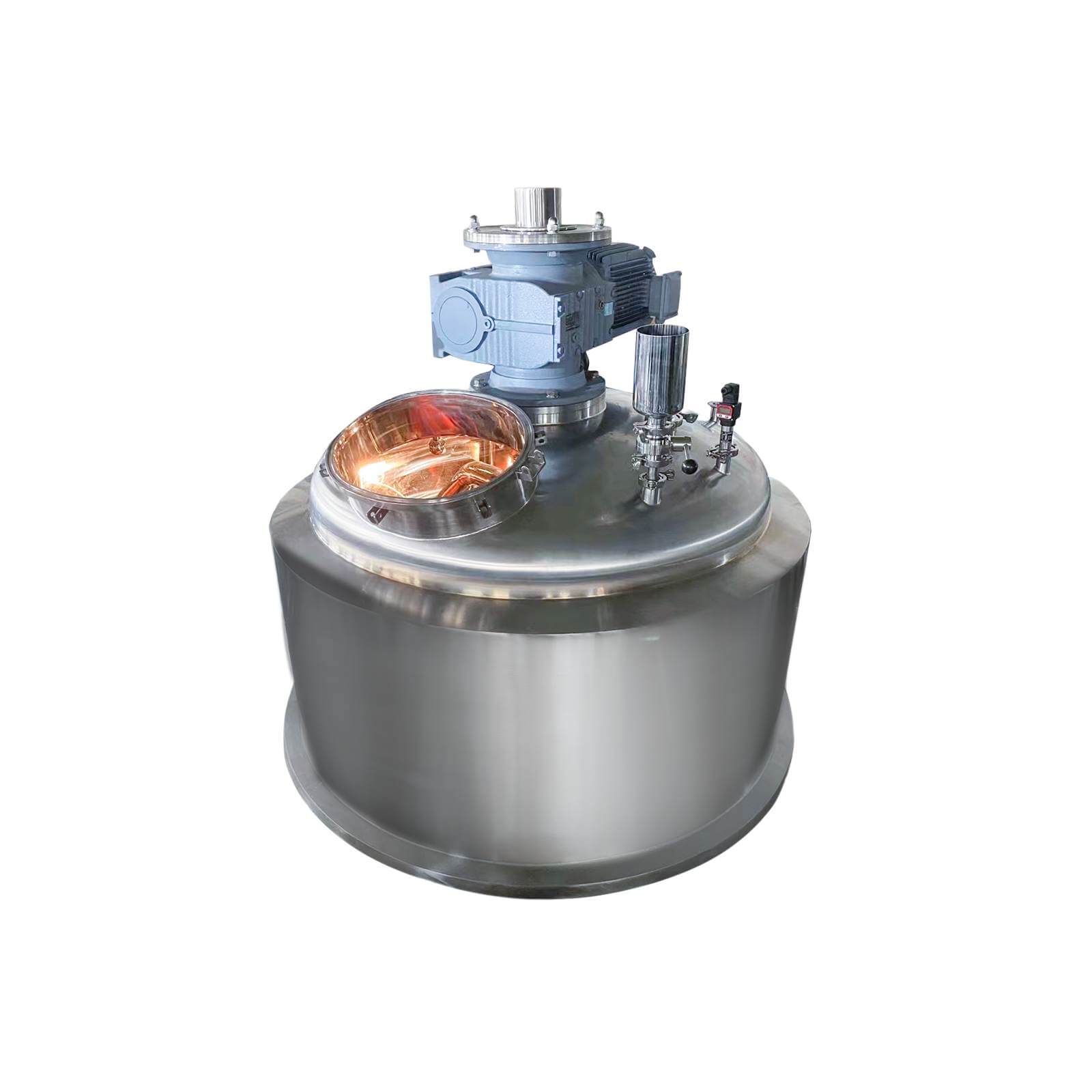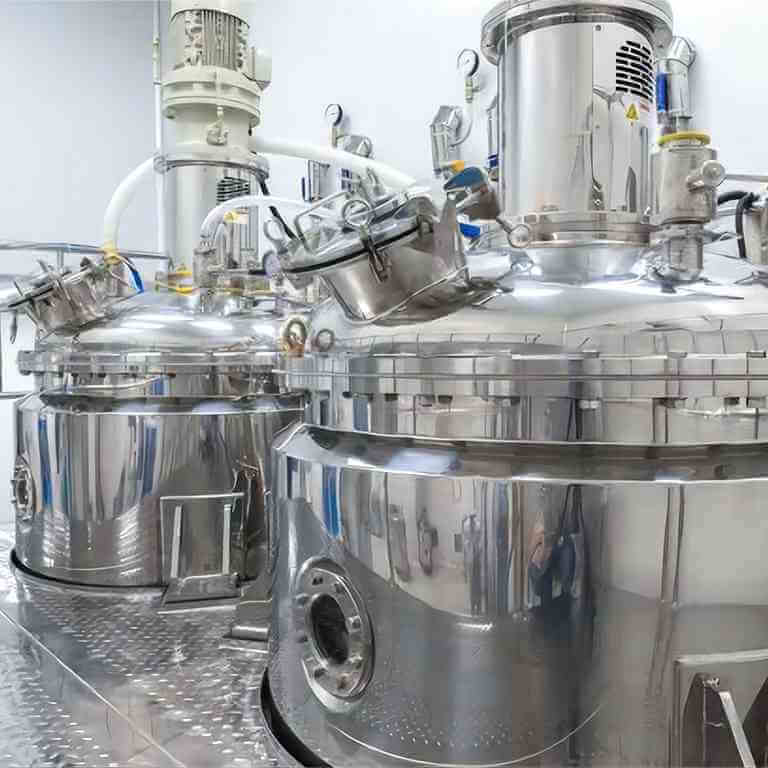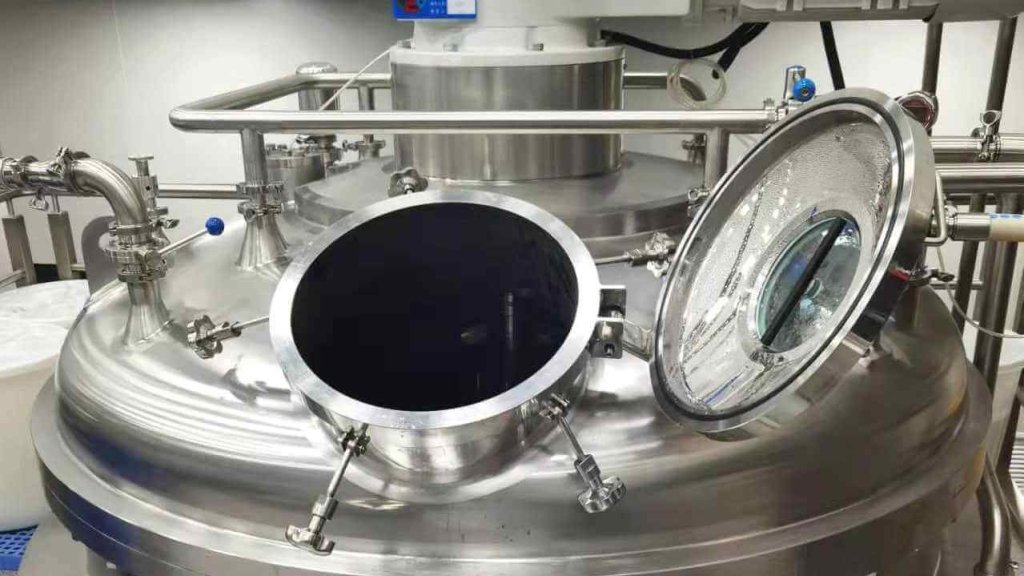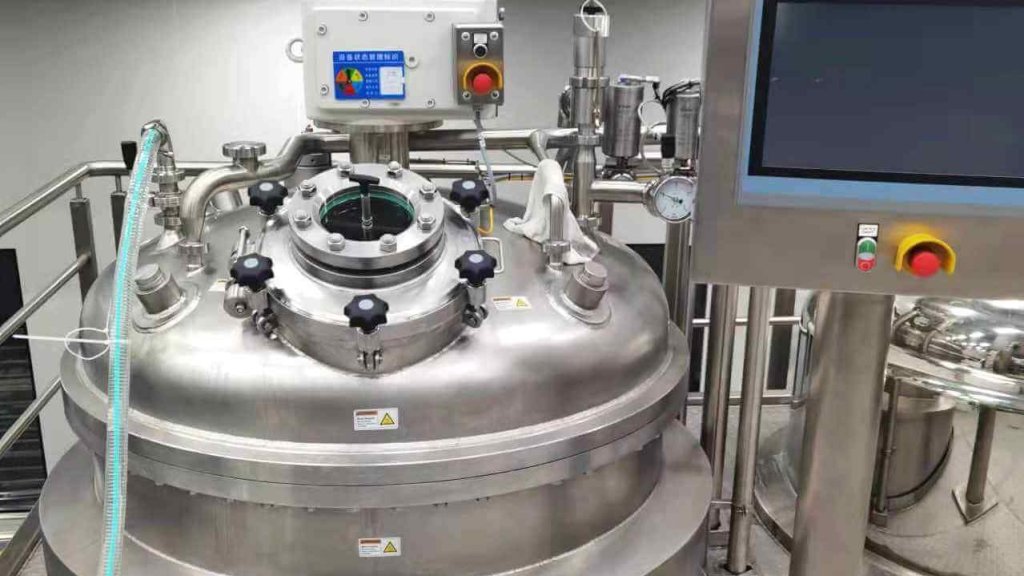

High Pressure Reactor
High-pressure reactor: used in chemical synthesis, catalytic reaction, and other fields
Material
glass, stainless steel (316, 304), carbon steel, others
Capacity (L)
10-10000+
Mixing system
anchor, paddle, frame and others
Heating system
electric heating, oil heating and others
The High-pressure reactor is mainly made of the kettle cover, the kettle body, the strong magnetic coupling stirrer, the high temperature, and high-pressure needle valve, the lower stirring part, the inner cooling coil, the temperature measuring part, the liquid lower pipe, etc.
Request a quoteThe high pressure reactor can fully stir various chemical substances under high pressure, high temperature, high vacuum, and other conditions to enhance the mass transfer and heat transfer processes. The materials of the high pressure reactor can be carbon-manganese steel, stainless steel of various brands, titanium and titanium alloys, nickel, Hastelloy, zirconium and its composite materials, etc. Select appropriate materials that are resistant to high or low temperatures, resistant to corrosion, and meet pressure requirements, undergo strict fire prevention audits, and pass strict debugging and acceptance.

Precautions for high pressure reactors
1. Closed fire-proof design of high pressure reactor
The main causes of fires such as equipment leakage often originate in the design stage, so it is very important to do a good job in fire prevention during the design stage of the high pressure reactor. The design, selection, material selection, layout, and installation of high pressure reactors must comply with specifications and standards. Strictly control the design, select materials that are high temperature or low temperature resistant, corrosion resistant, and meet pressure requirements according to the characteristics of different processes, adopt advanced manufacturing and installation technologies, conduct strict fire prevention audits, and pass strict debugging and acceptance.
2. Fire prevention measures for high pressure reactors
Cleaning up the scene before a fire breaks out is a basic requirement. Before a fire occurs, flammable and explosive items around the high pressure reactor should be moved to a safe place and the scene should be cleaned up. After making relevant preparations, be sure to check and confirm. After the inspection is correct, confirm the safety of the person responsible for the care.
3. Strengthen safety training for high pressure reactors
Employees in the chemical production industry must be relatively stable, strengthen the process and operating discipline of employees, and formulate and strictly implement operating procedures. Improve the professional quality level and production operation skills of employees. Develop accident emergency plans and conduct drills to improve employees’ ability to respond to accidents.

Routine maintenance of high pressure reactor
1. When reacting with different media in a high pressure reactor, first check whether the medium has corroded the main material.
2. Every time you turn on the machine, any button is required to be in the initial state. This requires the operator to develop good working habits and turn the knob back to its original position after each work is completed. Prevent misoperation, which may cause serious damage to the controller due to current overshoot the next time you turn it on.
3. When cleaning the high pressure reactor, be careful not to pour water or other liquids into the heating furnace to avoid burning the heating furnace wire. Regularly check the swing of the mixing shaft. If the swing is too large, please replace the bearing or sliding sleeve in time.
4. After the reaction temperature of the high pressure reactor is determined, the temperature setting value is not allowed to be changed during the heating process to avoid a large overshoot of the temperature.
5. Connect the response voltage according to the operating voltage of the controller. Do not connect the live wire and neutral wire of the controller reversely. Do not perform wiring operations during power supply to prevent electric shock.

Common fault repairs of high pressure reactor
1. Symptoms of failure: leakage at the valve.
Cause of failure: The valve stem (needle) and valve port sealing surface are damaged.
Troubleshooting method: Repair and replace the valve stem (needle) and valve port.
2. Symptoms of failure: leakage of the sealing surface.
Cause of failure: loose thread; damaged sealing surface.
Troubleshooting method: Retighten the screws; regrind and polish the sealing surface.
3. Fault phenomenon: The magnetic coupling actuator has friction noise.
Cause of failure: The sleeve and bearing are worn, the gap is too large, and the inner magnet rotates and bounces.
Treatment: Contact the supplier to replace the bearings and sleeves.
4. Fault phenomenon: The external magnet rotates, the internal magnet does not rotate, and the motor current decreases.
Cause of failure: The temperature inside the kettle is too high, the cooling cycle is not smooth, and the internal magnet is demagnetized due to high temperature. During the hydrogenation reaction, the inner magnet steel sleeve has cracks and the inner magnet steel expands.
Solution: Find the supplier to deal with it and replace the inner magnet.
High pressure reactors should be used in designated places, and obvious safety warning signs should be posted at the experimental site. After checking the relevant items during use, you can start operation only if there are no abnormalities. After the experiment, wait for the high pressure reactor to cool down completely and reduce the pressure to a safe range before proceeding to the next step. It is strictly forbidden to open the high pressure reactor until the temperature and pressure reach a safe range. Wait for it to cool down completely and depressurize to a safe range before slowly opening it.




